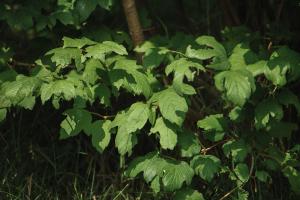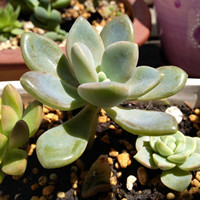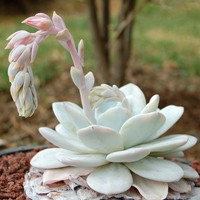How Far to Plant Trees Apart
When it comes to planting trees, one of the most important factors to consider is spacing. Proper spacing ensures that each tree has enough room to grow to its full potential without competing with neighboring trees for resources. So, how far apart should trees be planted? The answer varies depending on several factors, including the species of tree, the purpose of planting, and the soil conditions. In this article, we'll explore some guidelines for tree spacing in various situations.
Spacing for Urban Trees
In urban environments, trees often have to compete with other infrastructure, such as buildings and sidewalks, for space. The International Society of Arboriculture recommends that city trees be planted at least 30 feet apart to ensure they have adequate space to grow without interfering with buildings or sidewalks. However, in some cases, trees may need to be planted closer together, such as when they are planted as a hedge or screen.
Spacing for Orchard Trees
If you're planting trees for fruit production, spacing is particularly important to ensure maximum yield. For most fruit trees, such as apples, pears, and cherries, the ideal spacing is between 12 and 18 feet apart. This allows for optimal sunlight exposure and air circulation around each tree, which can prevent disease and pests from taking hold.
Spacing for Timber Trees
When planting trees for timber, the recommended spacing varies depending on the intended use of the wood. For example, if you're growing trees for construction lumber, such as pine or fir, you'll want to plant them about 8 feet apart to encourage straight trunk growth. However, if you're growing trees for pulpwood, such as aspen or poplar, you can plant them closer together, around 4 feet apart, since straight trunks are not necessary.
Spacing for Windbreak Trees
If you're planting trees to create a windbreak, spacing is particularly important to ensure maximum effectiveness. The ideal spacing for windbreak trees depends on the height of the trees and the speed of the prevailing winds in your area. As a general rule, windbreak trees should be planted no farther apart than the height of the mature tree, and no closer than one-third of the tree's height. For example, if you're planting trees that will grow 50 feet tall, they should be spaced no farther than 50 feet apart and no closer than 16 feet apart. This will ensure that the trees provide maximum wind protection without overcrowding each other.
Conclusion
As you can see, there is no one-size-fits-all answer to the question of how far to plant trees apart. The ideal spacing depends on the specific situation, including the species of tree, the purpose of planting, and the soil conditions. However, by following some basic guidelines, you can ensure that your trees have enough space to grow to their full potential and provide you with the benefits you're looking for, whether that's fruit production, timber, or wind protection.

 how many times do yo...
how many times do yo... how many planted tre...
how many planted tre... how many pine trees ...
how many pine trees ... how many pecan trees...
how many pecan trees... how many plants comp...
how many plants comp... how many plants can ...
how many plants can ... how many plants and ...
how many plants and ... how many pepper plan...
how many pepper plan...




























